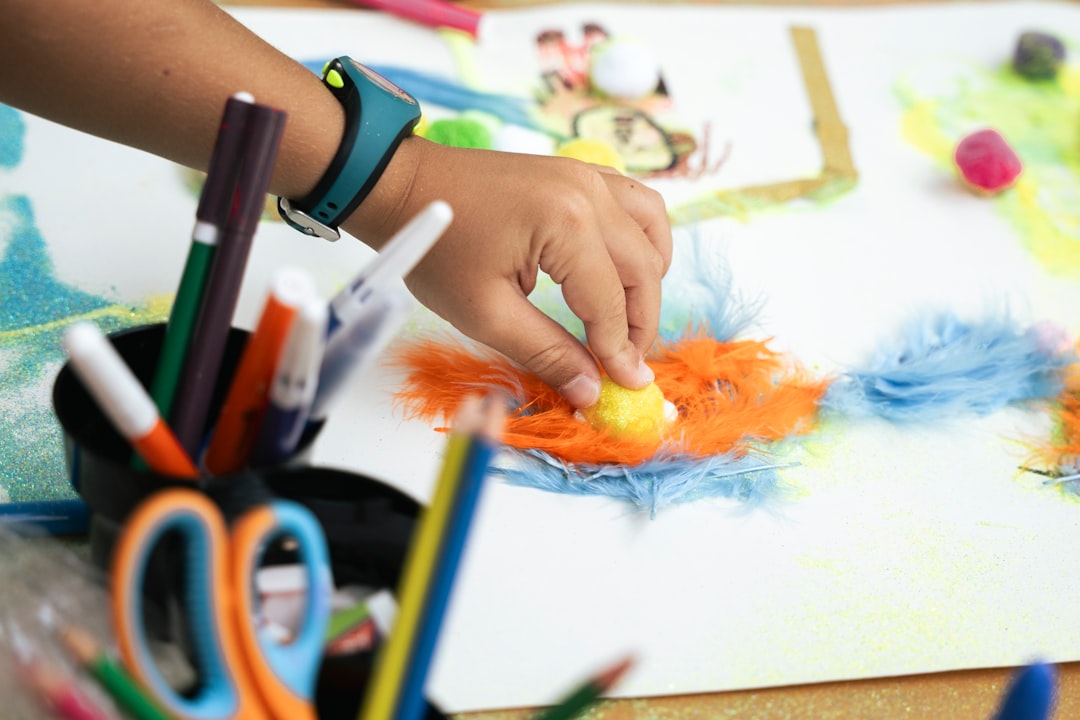In the rapidly evolving digital age, the intersection of technology and education presents unprecedented opportunities for child development. This integration is not merely about using new tools, but about transforming the educational landscape to foster deeper engagement, personalized learning, and a solid foundation for future innovation. As we delve into this topic, we’ll explore the multifaceted benefits and strategies of incorporating technology into educational settings for children, ensuring they are equipped for the challenges and opportunities of the future.
Empowering Personalized Learning
The advent of technology in education has ushered in a new era of personalized learning, where educational tools and programs are tailored to meet the individual needs of each student. Adaptive learning software, for example, adjusts the difficulty of tasks based on the learner’s performance, providing a custom fit that can suit students at different academic levels and with various learning styles. This personalized approach helps to keep children engaged and motivated, as the material is always at the right level of challenge for them.
Enhancing Collaboration and Communication
Technology facilitates a level of collaboration among students that was hard to achieve in traditional classrooms. Platforms like Google Classroom and Microsoft Teams allow students to work together on projects, share ideas, and give feedback in real time, regardless of their physical location. This not only builds teamwork skills but also prepares children for a workforce that is increasingly remote and digital. Furthermore, these collaborative tools help teachers to more efficiently manage group work and track progress, making it easier to identify areas where students may need additional support.
Expanding Educational Boundaries
Digital tools provide access to a world of information and resources that transcend the physical confines of a classroom. Virtual field trips, for instance, can transport students to museums, historical sites, and even other planets, providing enriching experiences that would otherwise be logistically impossible or financially prohibitive. This exposure broadens their horizons and deepens their understanding of various subjects, making learning a dynamic and engaging process.
Fostering Digital Literacy and Citizenship
Incorporating technology into education from an early age helps children become fluent in digital literacy, which is crucial in today’s technology-driven world. Beyond knowing how to use technology, digital literacy includes understanding how to stay safe online, respect others’ privacy, and discern credible sources of information. Schools have a role in guiding students to become responsible digital citizens, whose interactions with technology are both ethical and informed.
Preparing for Future Innovation
By integrating technology into education, we are not only teaching children how to use today’s tools but also preparing them to adapt to and innovate with the technologies of tomorrow. Educational robotics and coding programs, for example, encourage problem-solving, logical thinking, and creativity, skills that are essential for success in any future career, particularly in STEM fields. These programs inspire curiosity and a can-do attitude towards technology and engineering from a young age.
In conclusion, the fusion of technology and education provides a powerful platform for developing the intellect and skills of children. It personalizes their learning experiences, enhances their ability to collaborate, expands their knowledge boundaries, fosters essential digital skills, and prepares them for future challenges and innovations. By embracing these opportunities, educators can ignite a passion for learning in children that will burn brightly for years to come.



